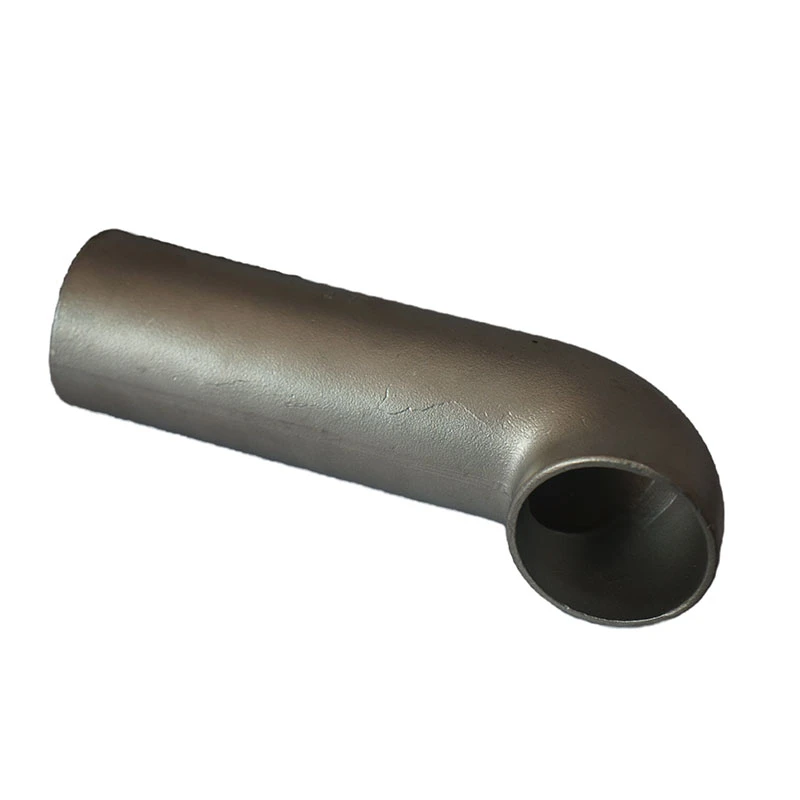Optimizing Wall Thickness in Aluminum Die Casting for Enhanced Structural Integrity
Understanding Aluminum Die Casting Wall Thickness
Aluminum die casting is a manufacturing process that transforms molten aluminum into complex shapes and parts with high precision. One critical aspect of this process is the wall thickness of the casted parts. Achieving the right wall thickness is essential for ensuring the integrity, durability, and performance of the final product. This article explores the significance of wall thickness in aluminum die casting, factors influencing it, and guidelines for optimizing this critical parameter.
Significance of Wall Thickness
Wall thickness in aluminum die casting directly impacts several attributes of the finished part, including strength, weight, thermal conductivity, and cost-effectiveness. Thicker walls generally provide greater strength and durability, making them suitable for heavy-duty applications. However, they also add weight, which may not be desirable in industries such as automotive and aerospace, where fuel efficiency and overall performance are paramount.
Conversely, thinner walls reduce weight and material costs, allowing for a more efficient use of aluminum. Nonetheless, excessively thin walls may compromise the structural integrity of the part, leading to issues like warping or cracking during the cooling phase. Striking a balance between strength and weight is crucial for achieving optimal performance.
Factors Influencing Wall Thickness
Several factors influence the appropriate wall thickness for aluminum die casting
1. Application Requirements Different applications have varying strength and weight requirements. For instance, automotive components might necessitate thicker walls to withstand higher stress, while consumer electronics may allow for thinner designs.
2. Casting Technique The die casting process itself plays a significant role in determining wall thickness. Pressure die casting allows for thinner walls compared to gravity casting due to the increased speed and pressure used in the process.
3. Heat Dissipation Thicker walls can impede heat dissipation, which is an essential factor in applications involving high temperatures. Designers must consider how thermal management affects wall thickness to avoid overheating and ensure product longevity.
aluminum die casting wall thickness

4. Material Properties The characteristics of the aluminum alloy being used also dictate the ideal wall thickness. Alloys with higher strength profiles may permit thinner walls without compromising overall durability.
5. Design Considerations The design of the part must accommodate practical manufacturing and operational requirements. Features like ribs, bosses, and undercuts can impact how wall thickness is applied throughout the component.
Guidelines for Optimizing Wall Thickness
To optimize wall thickness in aluminum die casting, it's vital to follow some best practices
1. Design for Manufacturability Engage engineers early in the design phase to ensure the part is optimized for the die casting process. This includes considerations for wall thickness that aligns with manufacturing capabilities.
2. Use Simulation Tools Advanced simulation tools can help predict how different wall thicknesses will behave during the casting process. Using these tools can lead to more informed decisions regarding design modifications.
3. Conduct Material Testing Test different wall thicknesses under expected service conditions to ascertain performance. This empirical data can provide valuable insights into how wall thickness correlates with durability and strength.
4. Iterate and Refine After initial production, gather feedback and performance data to continuously refine designs. Adjusting wall thickness based on post-production analysis can drive improved efficiency and product quality.
Conclusion
In summary, wall thickness is a vital consideration in aluminum die casting that influences the performance, durability, and cost of the final product. By understanding the factors that impact wall thickness and adhering to best practices in design and testing, manufacturers can achieve a balance that meets the specific demands of their applications. As industries continue to innovate, the approach to wall thickness in die casting must evolve to meet new challenges and expectations.
-
OEM Sand Cast Pump Valve Fittings - Baoding Hairun | Precision Engineering, CustomizableNewsJul.30,2025
-
OEM Sand Cast Pump Valve Fittings - Baoding Hairun Machinery And Equipment Trading Co., Ltd.NewsJul.30,2025
-
OEM Sand Cast Pump Valve Fittings - Baoding Hairun Machinery And Equipment Trading Co., Ltd.NewsJul.30,2025
-
OEM Sand Cast Pump Valve Fittings - Baoding Hairun Machinery|Precision Engineering&Fluid ControlNewsJul.30,2025
-
OEM Sand Cast Pump Valve Fittings - Baoding Hairun Machinery And Equipment Trading Co., Ltd.NewsJul.30,2025
-
OEM Sand Cast Pump Valve Fittings-Baoding Hairun Machinery And Equipment Trading Co., Ltd.NewsJul.30,2025















